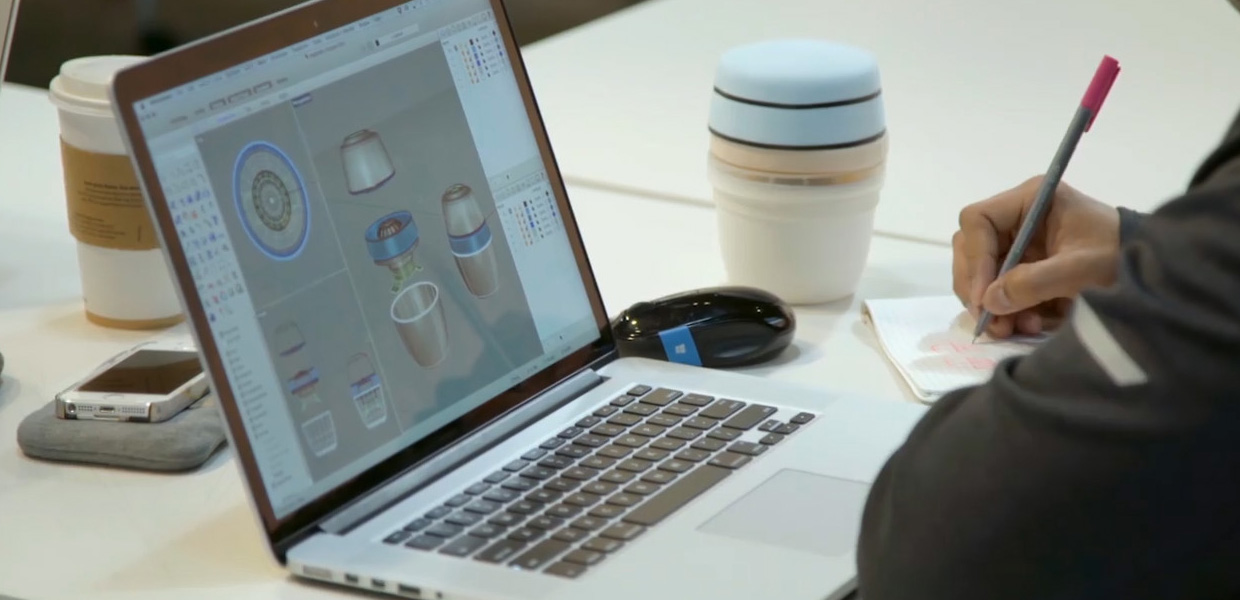Learn to design the future with a strategic and systems-level approach.
ArtCenter’s “Grad ID” program offers a Master of Science curriculum combining the pursuit of extraordinary design and making skills with the knowledge, theories and methods that are essential for creating new value for enterprise and social innovation in a context of complex and unstructured challenges.
Our faculty of internationally renowned educators and professionals work with students in a design studio environment where they’re encouraged to create with a consciousness that their designs exist in a larger context. Our methodology, Strategic Innovation, takes a forward looking systems-level view and strives to balance the business, technological and human aspects of each design opportunity. This broadly applicable creative process produces empathetic solutions to essential human needs so that designers and enterprises can be resilient and grow.
Grad ID has also joined forces with Claremont Graduate University’s Drucker School of Management to offer a dual MS/MBA degree track in Innovation Systems Design (ISD). The two-year program prepares tomorrow’s innovation leaders by combining business strategy, leadership and management acumen with the rigorous development of creative skills and design innovation methodology.


